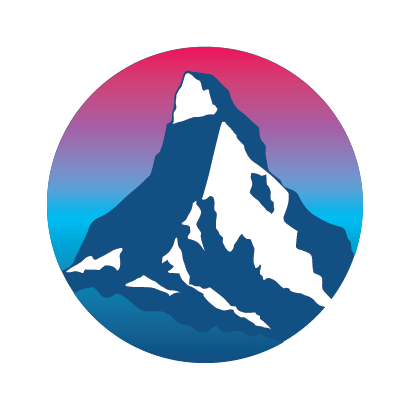We recommend an early registration to guarantee your spot. All tours are subject to availability.
We require a $500 deposit per person to register for a guided or self-guided tour. Private guided tours require a deposit equal to 25% of the total land cost. Just give us a call to process your Visa, Master Card or Discover. We also accept checks and money orders.
Upon receipt of your deposit, we will send you a confirmation letter, travel insurance application, waivers and a final invoice. All travelers will receive a pre-departure booklet following final payment. The book includes cultural information, travel instructions, equipment list and more.
For self-guided travelers, an additional travel booklet including maps, hike descriptions and custom travel details also arrives around 30 days prior to departure. Exceptions apply on a case-by-case basis. Last minute registrations, for example, follow an expedited timeline. Please inform us of special requirements.
Final payment is due for all trips at 90 days prior to departure. Registrants that book within 90 days of the tour’s starting date must pay the full tour balance at the time of registration. Again, we make exceptions on a case-by-case basis.
Prices are quoted in U.S. Dollars and all payments must be made as such.







